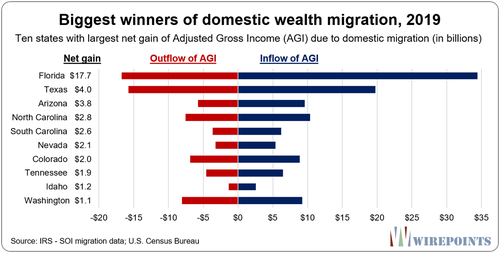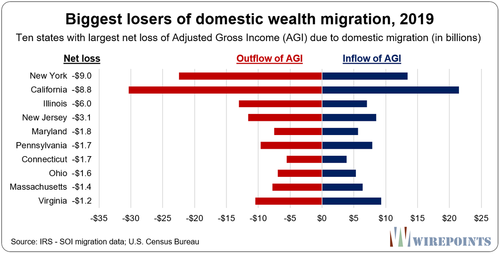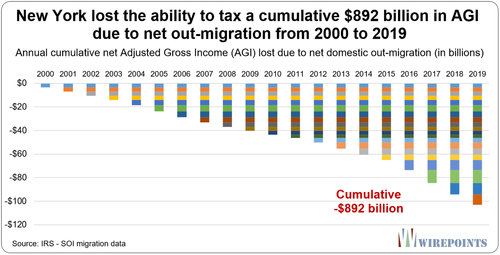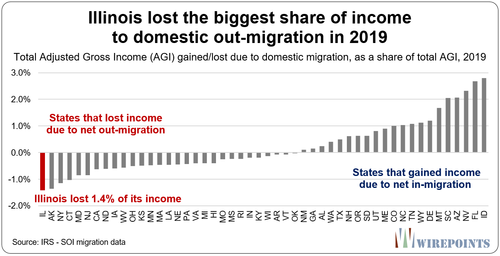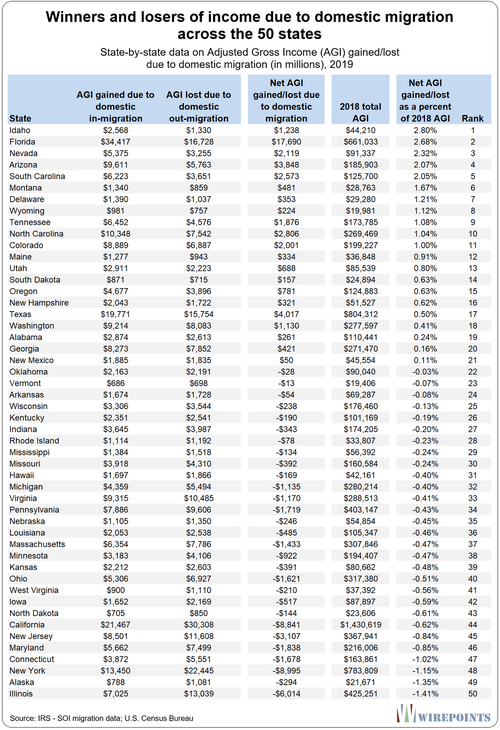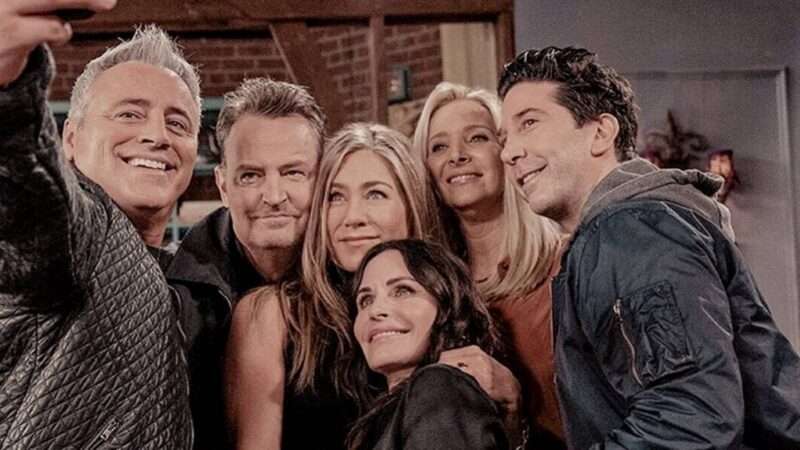
Stanford Law School Dean Jenny S. Martinez says she did not hear about the university’s two-month investigation of third-year student Nicholas Wallace’s satirical flyer mocking the Federalist Society until June 1. That was the same day the Foundation for Individual Rights in Education (FIRE) sent the university’s Office of Community Standards a letter on Wallace’s behalf, noting that the investigation, which put his diploma on hold two weeks before he was scheduled to graduate, violated Stanford’s commitment to freedom of expression.
“I would never have approved such a thing,” Martinez said in an email to the “Stanford Law Community” that Slate writer Mark Joseph Stern posted on Twitter. “Stanford Law School is strongly committed to free speech, is concerned about actions and climate that have the potential to chill speech, and has shared those concerns with the university.”
An officer of the Stanford Federalist Society filed a complaint against Wallace on March 27, accusing him of violating the university’s code of conduct, known as the “Fundamental Standard,” by emailing a facetious flyer to fellow students on January 25. The flyer implicitly criticized the Federalist Society’s ties to lawyers who participated in former President Donald Trump’s dogged campaign to overturn the results of the 2020 election. It described a made-up Federalist Society event scheduled for January 6, the day that Trump supporters invaded the Capitol in a vain attempt to stop Joe Biden from taking office. The theme: “The Originalist Case for Insurrection.” The speakers: Sen. Josh Hawley (R–Mo.), who played a leading role in the challenges to Biden’s electoral votes on January 6, and Texas Attorney General Ken Paxton, who filed a quixotic lawsuit seeking to overturn Biden’s victory and addressed Trump’s supporters at the “Save America” rally that preceded the riot.
Although such political satire is clearly protected by the First Amendment, the complaint against Wallace alleged that he had “defamed” the Stanford Federalist Society, its officers, Hawley, and Paxton. University officials took that plainly erroneous claim seriously, notifying Wallace on May 27 that his diploma was on hold pending the outcome of their investigation. They announced that they had removed the hold on January 2, after the case attracted national attention and provoked the letter from FIRE.
“When I became aware of this particular situation,” Martinez wrote, “I strongly urged the University to consider whether it needs procedures that more quickly resolve whether constitutionally protected speech is involved in a Fundamental Standard complaint.” She added that the university should reconsider “the policies and procedures that led to their placing a graduation hold on this student on the eve of final exams.”
As I noted yesterday, it is hard to understand why it took so long for the university’s Office of Community Standards to decide that Wallace’s joke was constitutionally protected. The case law on that point is clear, and the office has publicly acknowledged that Fundamental Standard complaints can conflict with Stanford’s avowed commitment to free expression as well as a California law that bars disciplinary action against private university students for speech protected by the First Amendment.
“We followed our normal procedures and conducted a factual inquiry,” the university said on Wednesday. “Given that this complaint raised issues of protected speech, we also consulted with legal counsel after we obtained the relevant facts. In cases where the complaint is filed in proximity to graduation, our normal procedure includes placing a graduation diploma hold on the respondent.”
Although Stanford said “the complaint was resolved as expeditiously as possible,” that is plainly not true. The “relevant facts”—the contents of Wallace’s satirical flyer—could have been “obtained” readily, and the university’s “legal counsel” should have immediately recognized that Wallace’s faux announcement was not defamatory and that “case law supports that the email is protected speech,” as the university ultimately decided after it received withering criticism for jeopardizing Wallace’s career based on the Stanford Federalist Society’s fallacious complaint.
“I think it is imperative that we take action to ensure that something like this does not happen again,” Martinez said. She noted that the university has said it will “continue to review policies and practices” related to Fundamental Standard complaints that implicate freedom of speech. It said it also is “reviewing procedures for placing holds on student accounts in judicial cases in close proximity to graduation to ensure that holds are limited to cases for which the outcome could be serious enough to affect the timing of degree conferral.”
from Latest – Reason.com https://ift.tt/3vYAOOo
via IFTTT

